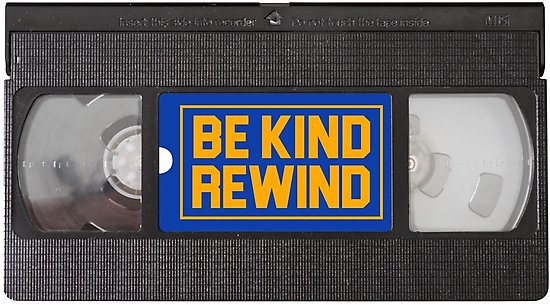It was a cold day in Dallas in early 2000 when Reed Hastings landed at DFW Airport. Hastings was anything but a household name at the time. His fledgling company, Netflix, was a small, pesky upstart that was attempting to unseat movie rental giant Blockbuster Video in the home video rental market. Hastings had founded Netflix in 1997 with a video library of just 900 movie titles on DVD, and it was still a tiny company in 2000, having generated revenue of just $50 million the prior year.
At the meeting in Dallas between Hastings and Blockbuster CEO John Antioco, Hastings proposed a novel partnership between the two firms. At the time, Netflix only had 300,000 subscribers and relied on the U.S. Postal Service for the delivery of its DVDs. Netflix was losing money every year, and offered to be acquired by Blockbuster for $50 million. Hastings proposed that Netflix, which would be renamed as Blockbuster.com, would handle the online business, while Blockbuster would take care of the DVD rentals in the retail stores.
The offer was quickly rejected. Although neither side of the table knew it at the time, the meeting and declined offer was one of the most important intersections of business success and failure in history. The market value of Netflix today is $135 billion, and Blockbuster has long since been forgotten.
While video streaming was still in its infancy in the early 2000s, and the Blockbuster Video chain reached more than 9,000 locations, the streaming business was on its way up and the video store business would soon be on its way out. But Blockbuster did not have a vision of the future of their industry, nor the will to embrace business reality at that time.
Blockbuster’s business model also had a weakness that wasn’t clear at the time. It earned an enormous amount of money by charging its customers late fees, which had become an important part of Blockbuster’s revenue model, at close to 20 percent of its total sales. The ugly truth was that the company’s profits were highly dependent on charging extra fees to its most important customers, while losing goodwill with each valuable patron every time it did so.
But Blockbuster could not end its late fee policy and give up $300 million in revenue every year. The company could not pivot to the future and and its business rapidly declined in the face of the new popularity of video streaming. Blockbuster finally declared bankruptcy in 2010.
Looking back, it would not seem like any consumer would hold fond memories of the video rental business, with its dependence upon driving, fees and frustration. Unless of course, you are Ryan Blevins.
Ryan Blevins is a robotics engineer who is campaigning against, of all things, robotic automation. Among his many interesting opinions is an idea that he Tweeted yesterday: He wrote:
“In 2004, Blockbuster Video had roughly 85,000 employees. In 2019, Netflix only has about 5,500 employees. That’s what the automation does. It replaces large numbers of jobs, to create just a few new jobs.”
This is an interesting comparison of the employment of the home movie rental market during the decades and may alarm some folks who look only at the difference in employment in the surface numbers that he provides. But a little context reveals the absurdity of this comment.
Yes, Blockbuster Video did expand internationally throughout the 1990s, and at its peak in 2004, Blockbuster employed 84,300 people worldwide. The chain operated 9,094 total stores at its peak, while generating revenue in 2004 of $5.9 billion. At one time Blockbuster dominated a thriving industry, but today’s video streaming industry is far larger. There are now many streaming services in today’s marketplace, and Netflix alone earned revenue of $16 billion in 2018, more than doubling Blockbuster’s peak inflation-adjusted sales.
And while 84,300 people do not have jobs behind the counter at Blockbuster any longer, the march of time and innovation has made the video rental business far more lucrative for many more people than two decades ago. Netflix continues to spend a huge amount of money creating content each year for its streaming service. Netflix spent $12 billion in cash on new shows in 2018 and will spend $15 billion in 2019.
These large investments pay a huge industry of screenwriters, directors, actors, film crews and agents that support this content creation. Netflix paid to create 1,500 hours of content last year and will continue to increase spending to keep pace with streaming services like Hulu, Amazon Video, Disney, WarnerMedia and NBC Universal. A massive amount of money will be invested into the content creation arena over the next few years, which generates far more employment and higher-paying jobs than Blockbuster Video ever did. The video streaming industry is a far more robust and future-focused business than Blockbuster Video ever was.
While nostalgia for simpler times at retail stores may seem comforting, the march of technology and innovation will always move forward. Businesses and industries will evolve, and those that cannot envision the future and invest in it will continue to falter and fade away.



